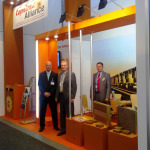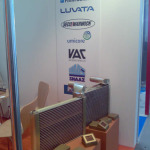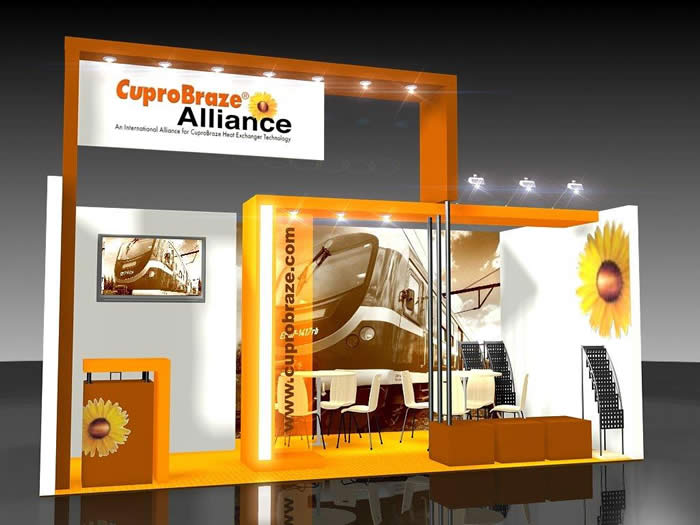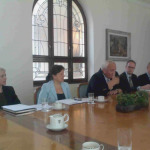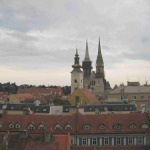Year 2010 will soon be over and it’s time to summarize what has been going on in the automotive sector. I have been travelling extensively mainly in Europe visiting various exhibitions and OEMs, consentrating on heavy-duty off-highway vehicles and discussing day-to-day matters and how the market sees the future development. Besides continuous need of higher fuel efficiency, increased life-span and user-friendliness, emission regulations are the hot spot at the moment. EPA Tier 4 Interim/EU Stage 3B low-emissions regulations begin to take effect in North America and the European Union in January 2011. These regulations require major reductions of particulate matter (PM), hydrocarbons (HC) and oxides of nitrogen (NOx). As we know, there are different techniques to achieve new values. Diesel particle filter system (DPF) can be used to reduce the amount of PM. The NOx value can be reduced by internal engine measures, such as with the aid of cooled exhaust gas feedback (EGR). One way to decrease the amount of noxious NOx emissions is to use Selective Catalytic Reduction (SCR).
Engine manufacturer’s have selected diverse product strategies to tackle the matter, as there are pros and cons in each and every solution – as always with new technological approaches. SCR technology used typically with DPF provides a bit better fuel efficiency than EGR -based solution and less component stress due to increase of heat load towards engine cooling system is lower in comparison to EGR system. In addition, the consumption of Adblue is reasonably low: from 3-7 % that of diesel fuel depending on engine generation (the stricter the low-emission standards, the higher the amount consumed). From my experience I think that the SCR system is a good solution especially for On-Highway sector, but Off-Highway sector favours the use of EGR system.
First of all, the distribution network for AdBlue is easy to arrange for On-Highway vehicles, but construction and mining sites are typically far away from the urban area. The second argument which favours EGR is the sensitivity of AdBlue to extreme temperatures – both hot and cold conditions. AdBlue, consisting mainly of demineralized water, freezes if temperature falls below -11 C. Naturally, there is a heating system for the tanks and lines, but it starts operating after the startup of the vehicle. Considering hot conditions, the urea content of AdBlue can decrease if stored at temperatures in excess of 30°C, which means lower efficiency considering the reduction of NOx emissions. Further arguments favouring the use of EGR over SCR system especially in Off-highway markets are the simplicity of EGR over SCR and lower price of the EGR equipped engines. Some professionals are even speculating will there be any real fuel efficiency advantage at all, since AdBlue amount consumed is typically very close to the amount of fuel saved by an SCR system, meaning little or no nent reduction in overall fuel cost. Naturally, the price relationship is varying hand-in-hand with the price of AdBlue and diesel fuel.
Anyway, EPA Tier 4 final/EU Stage 4 will most likely demand integrating all current low-emission approaches: EGR, SCR and DPF, which in the end will lead to increased engine cooling demand.
Year 2011, we at CuproBraze Alliance want to continue to express that what ever the increased heat load will be, even up to 30%, will not be a problem for CuproBraze heat exchangers´ durability and thermal transfer rate. There is no need to increase the size of the cooling system when the same result can be achieved by changing base material to CuproBraze copper and brass. Our new years promise is to continue to serve our market according to Customers’ wishes.
On behalf of CuproBraze Alliance, Seasons Greetings and Prosperous New Year 2011!

